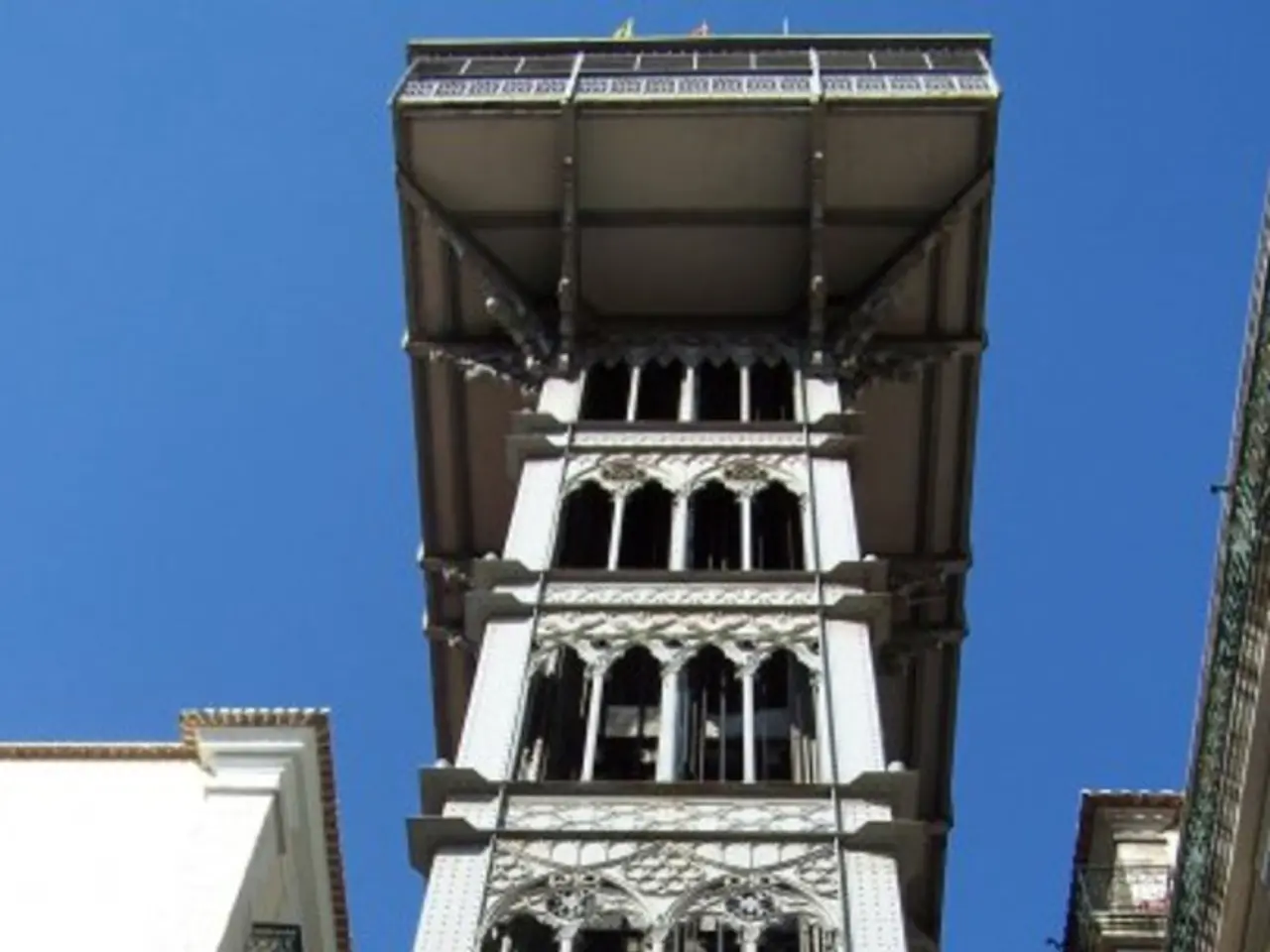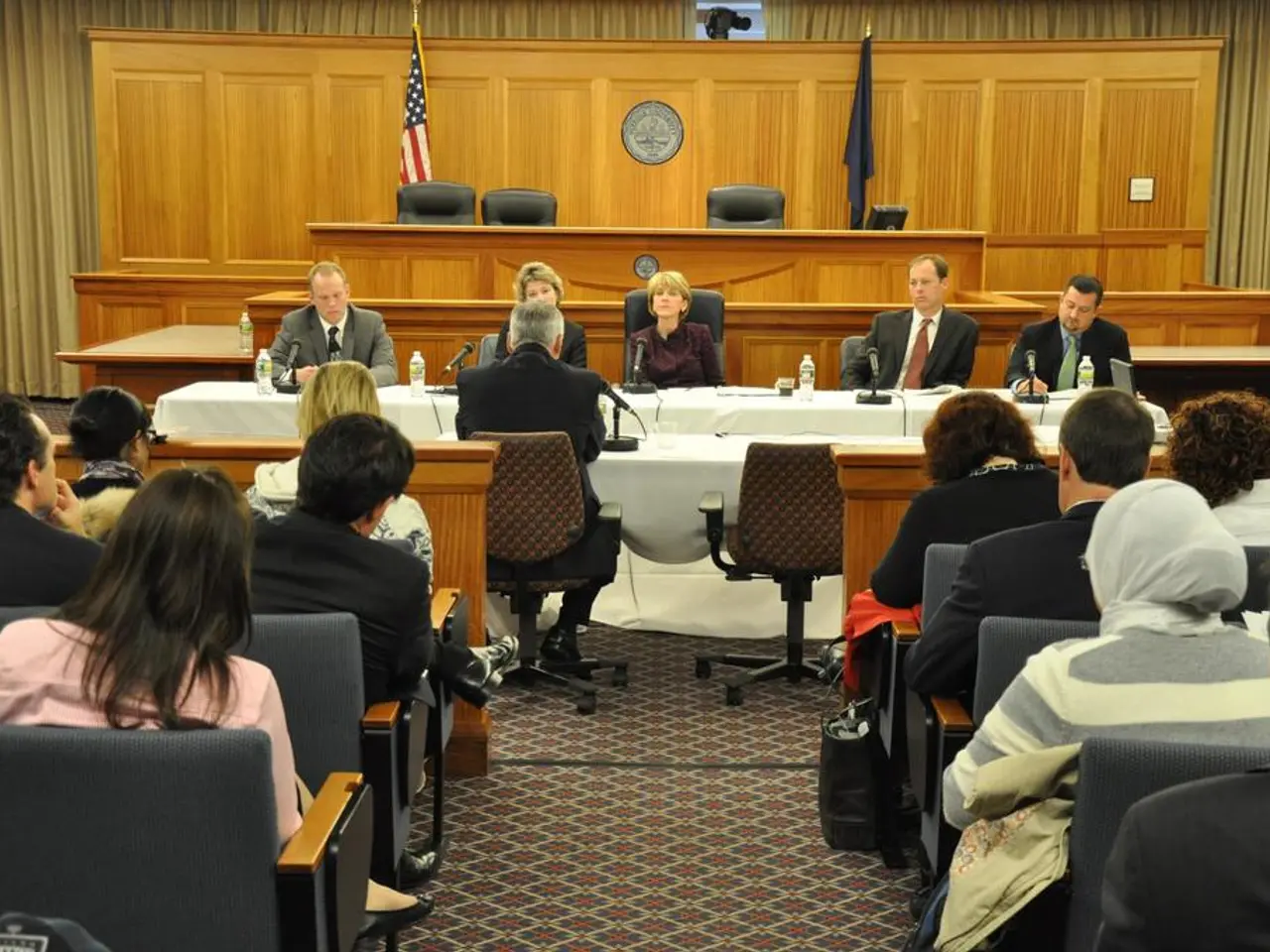Water shortage leads to shutdown of Tehran's public restrooms
Tehran, the capital city of Iran, is currently grappling with a severe water shortage crisis. The city's water woes are a result of prolonged drought, climate factors, and policy-driven mismanagement.
In an effort to conserve water, the government has implemented strict rationing measures and emergency restrictions. These measures have led to hours-long daily water outages for many households and businesses, and the closure of public facilities such as toilets.
According to reports, approximately 20,000 public toilets in the Greater Tehran area have been closed as part of the government's water-saving measures. Some of these closures are near and inside subway stations, causing inconvenience for commuters.
The water crisis has reached such a critical point that President Massoud Peseschkian has considered the possibility of relocating the capital as a potential solution to the ongoing crisis. However, the Tehran city administration has not yet commented on these reports.
The energy crisis in Iran is also affecting the city, with hours-long power outages occurring at temperatures between 40 and 50 degrees. These outages make the use of air conditioners impossible, exacerbating the discomfort for the city's residents.
The situation has been described by President Peseschkian as a "natural disaster" that could worsen in the coming weeks. News portals such as Didehban-Iran and Shargh have reported the closures of public toilets and the worsening conditions in Tehran.
Many Iranians are taking to social media to express their frustration, stating that a dignified life is hardly possible under these circumstances. Some have even accused the government of denying residents a basic necessity by shutting down essential services.
Despite the negative economic impact, plans to reduce the workweek or shut down the capital have been temporarily shelved. However, they remain on the agenda as potential solutions to the ongoing crisis.
The crisis has also taken a toll on Iran's infrastructure, with over-pumping of aquifers causing significant land subsidence in Tehran. All of Iran's dams are almost empty, indicating the severity of the water crisis.
In conclusion, Tehran is currently facing a severe water shortage crisis, with public toilets being closed as part of emergency water-saving measures. The situation is worsening daily, and drastic solutions such as the relocation of the capital are being considered to address the crisis.
- Environmental scientists are pointing to the connection between climate-change and the prolonged drought in Tehran, highlighting the need for policy-and-legislation focused on mitigating climate-change effects on water resources.
- As the water crisis deepens, general-news outlets like Didehban-Iran and Shargh have reported the closure of public toilets, power outages, and the resulting frustration among Iranians on social media, calling it a basic necessity being denied by the government.
- In the face of the pressing water shortage crisis, the science behind water management in Tehran's environmental-science community is gaining increased attention, as finding effective solutions becomes crucial for the city's future.






